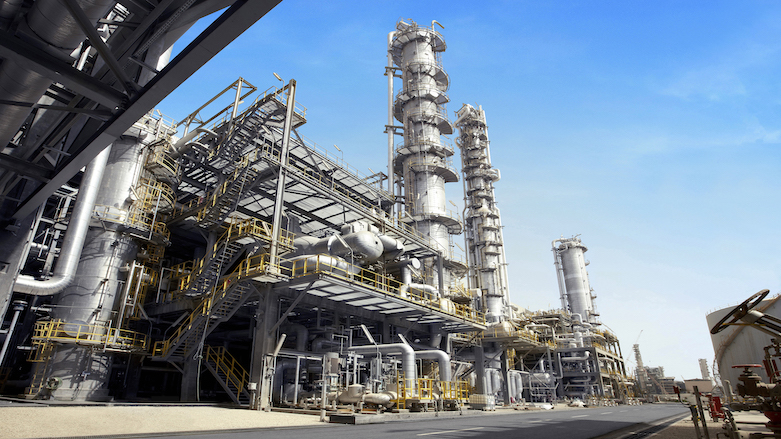Saudi Aramco says $12.4 billion raised from oil pipeline stake sale

Energy giant Saudi Aramco said it has struck a $12.4-billion deal to sell a minority stake in a newly formed oil pipeline business to a consortium led by US-based EIG Global Energy Partners.
The deal comes as Aramco – the kingdom's cash cow – seeks to monetise its once-untouchable assets to generate revenue for the Saudi government as it accelerates efforts to diversify the oil-reliant economy.
"Upon closing, Aramco will receive upfront proceeds of around $12.4 billion, further strengthening its balance sheet through one of the largest energy infrastructure deals globally," the company said in a statement late Friday.
"As part of the transaction, a newly-formed Aramco subsidiary, Aramco Oil Pipelines Company, will lease usage rights in Aramco's stabilized crude oil pipelines network for a 25-year period."
The EIG-led consortium will hold a 49 percent stake in the subsidiary, Aramco said, adding that it will retain "full ownership and operational control."
The announcement comes after Aramco posted consecutive falls in profits since it began disclosing earnings in 2019, piling pressure on government finances as Riyadh pursues multi-billion dollar projects to diversify the economy.
Last month, Aramco posted a 44.4 percent slump in 2020 net profit due to lower crude prices.
Saudi Arabia, the world's biggest crude exporter, was hammered last year by low prices as the coronavirus pandemic weighed on global demand prompting sharp cuts in production.
Even so, Aramco said it stuck to its commitment of paying shareholders dividends worth $75 billion in 2020 – an amount that exceeds the declared profit and available cash flow.
Dividend payments from Aramco help the Saudi government, the company's biggest shareholder, manage its ballooning budget deficit.
